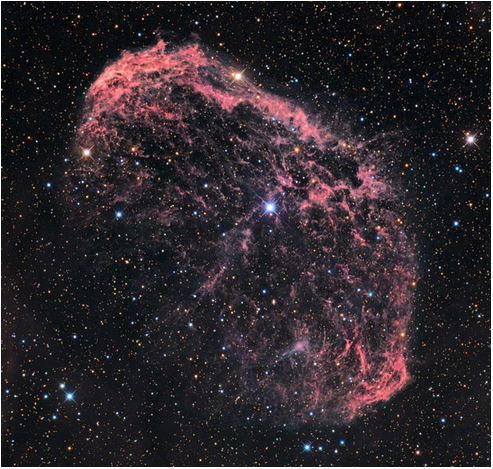2020/12/18
PROJECT - The postdoc will work full-time on the spatially-resolved modelling of near-IR-to-cm spectral energy distributions (SED) of nearby galaxies. The goal of the project is to infer constraints on the evolution of interstellar grains in different environments. The data used will be part of the European consortium of the NIKA2 Guaranteed Time program, IMEGIN (P.I. Madden; [1]), currently acquiring 1 and 2 mm continuum maps of nearby galaxies at the IRAM-30m telescope. This dataset will be complemented by the multi-wavelength images of the DustPedia sample [2]. The SED modelling will be performed with the THEMIS dust evolution model (Jones et al., 2017; [3]) within the hierarchical Bayesian SED fitting code HerBIE (Galliano, 2018; [4]).
INSTITUTE - The postdoc will split his/her time between the Department of Astrophysics (DAp; [5]) at CEA-Saclay and the nearby Institut d'Astrophysique Spatiale (IAS; [6]) in Orsay, located 25 km from Paris, France.
QUALIFICATION - We are looking for a researcher, with a PhD at the time of the start of the project, having some expertise in at least one of the following fields:
+ processing and analysis of multiwavelength observations;
+ spectral energy distribution fitting;
+ dust evolution modelling.
DURATION - 2 years, non renewable.
START OF POSITION - no later than May 2021.
APPLICATION MATERIAL - the applicants are invited to send Drs. Frédéric GALLIANO and Anthony JONES (in PDF format, by email: frederic.galliano@cea.fr, anthony.jones@ias.u-psud.fr):
1. A curriculum vitae;
2. A statement of current research and future research plans (up to 4 pages);
3. Names and emails of 3 references.
APPLICATION DEADLINE - December 18, 2020.
[1] http://irfu.cea.fr/en/Phocea/Vie_des_labos/Ast/ast_visu.php?id_ast=4645 [irfu.cea.fr]
[2] http://dustpedia.astro.noa.gr/ [dustpedia.astro.noa.gr]
[3] https://www.ias.u-psud.fr/themis/ [www.ias.u-psud.fr]
[4] https://ui.adsabs.harvard.edu/abs/2018MNRAS.476.1445G/abstract [ui.adsabs.harvard.edu]
[5] http://irfu.cea.fr/en/index.php [irfu.cea.fr]
[6] https://www.ias.u-psud.fr/en [www.ias.u-psud.fr]
